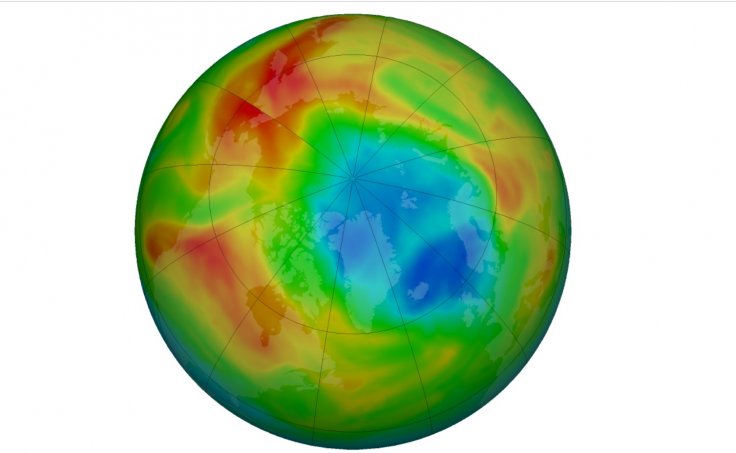The recent scientific reports have claimed that a large hole in the ozone layer first identified in March 2020 has been closed now. News that this was caused due to reduction in pollution due to coronavirus lockdown directions is making rounds. Here is the truth.
Scientists had stated that there is a considerable quantity of decrease of ozone concentrations over the Arctic. The hole in the ozone layer is said to have been caused by unusual atmospheric conditions. Even freezing temperatures in the stratosphere, the second major layer of Earth's atmosphere, is said to have contributed to a decrease in ozone concentration.
Largest hole in the Ozone layer above the Arctic is now closed

Speaking about the same, Copernicus Climate Change Service (C3S) and Copernicus Atmosphere Monitoring Service (CAMS) by the European Centre for Medium-Range Weather Forecasts (ECMWF) have confirmed that the largest hole in the Ozone layer above the Arctic is now closed.
Twitter handle of Copernicus ECMWF posted: "The unprecedented 2020 northern hemisphere #OzoneHole has come to an end. The #PolarVortex split, allowing #ozone-rich air into the Arctic, closely matching last week's forecast from the #CopernicusAtmosphere Monitoring Service.
Even though mini ozone holes are a common phenomenon, the hole that was seen this year was quite larger than what was seen in previous years. Explaining the reason for the deletion and causing the hole, experts have said that it occurred due to the polar vortex. The Polar vortex is a whirlpool of stratospheric winds that brings cold air to the polar regions.
Hoax busted

Thus, the news that the hole was able to fill itself up due to less pollution caused worldwide due to lockdown issued in most of the countries following coronavirus pandemic is false.
According to the International Energy Agency, transportation makes up a little over 20 percent of global carbon dioxide emissions that leaves 80 percent of fossil fuel emissions billowing into the skies including electricity and heating combined account for over 40 percent of global emissions.
"For those that thought the #COVID19 lockdowns would effect CO₂ concentrations, well, last week CO₂ had a big spike! CO₂ is still being emitted, at a slightly lower rate, so CO₂ concentrations will continue to grow (with variability superimposed). To first order, think of CO₂ concentrations in the atmosphere as the water in a bathtub & CO₂ emissions as the tap. The lockdowns mean the tap has been turned down slightly, so CO₂ is still streaming into the bathtub (& some leaks out the bottom)," Tweeted Glen Peters, Research Director at CICERO_klima who is an expert in past, current, and future trends in energy use and GHG emissions.









